Car Safety Features That Never Caught On
June 25, 2015 in Daily Bulletin
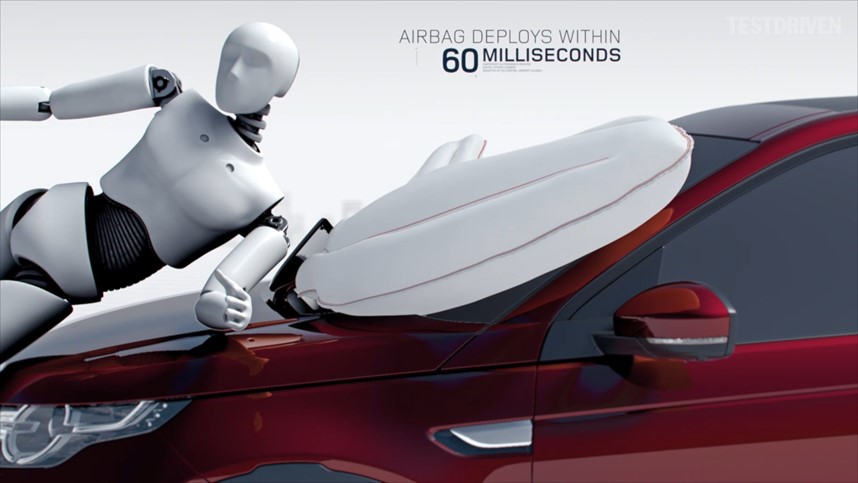
From seat bels to crumple zones, cars have included an increasing number of safety features over time. But the arc of history is never a single, unbroken line, and Aaron Brown decided to take a look at some safety ideas that didn’t go anywhere:
- Pedestrian airbags (pictured). The idea was that a driver could hit a passerby and then go their merry way without losing too much sleep.
- Rocket brakes. These were jet rockets built into the hood of the car. If a vehicle had to brake in an emergency the rockets could be activated to generate reverse thrust.
- Headlight wipers. While popular in Europe they never caught on in the United States.
- Heartbeat sensor. This feature, announced by Volvo in 2007, would let a driver know before they got into the car, if somebody was already in there. The idea seemed to be that it would be a check against hidden axe murderers.
- Safety windshields. These were for those who weren’t wearing seatbelts and could possibly be ejected from the car. Instead of shattering the front windshield was designed to pop out.
The full list of ten is fascinating, and includes pictures and Youtube links so you can judge the abandoned safety features for yourself. Find it here.
Source: Jalopnik
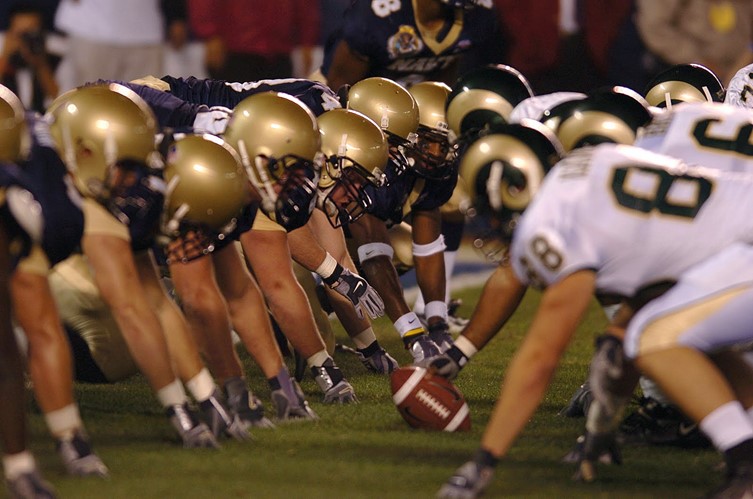
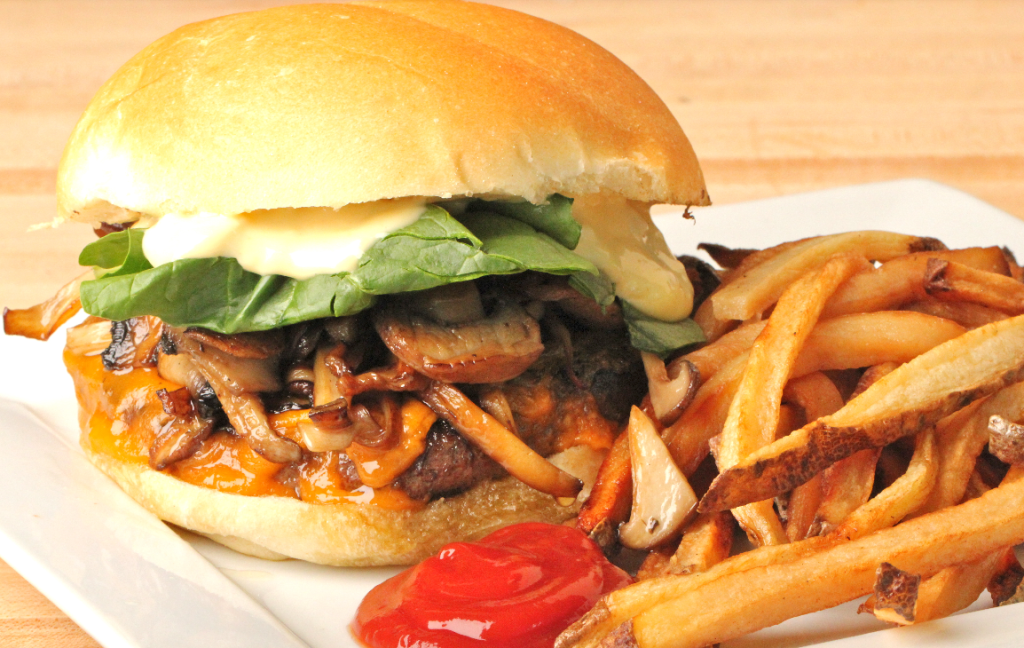

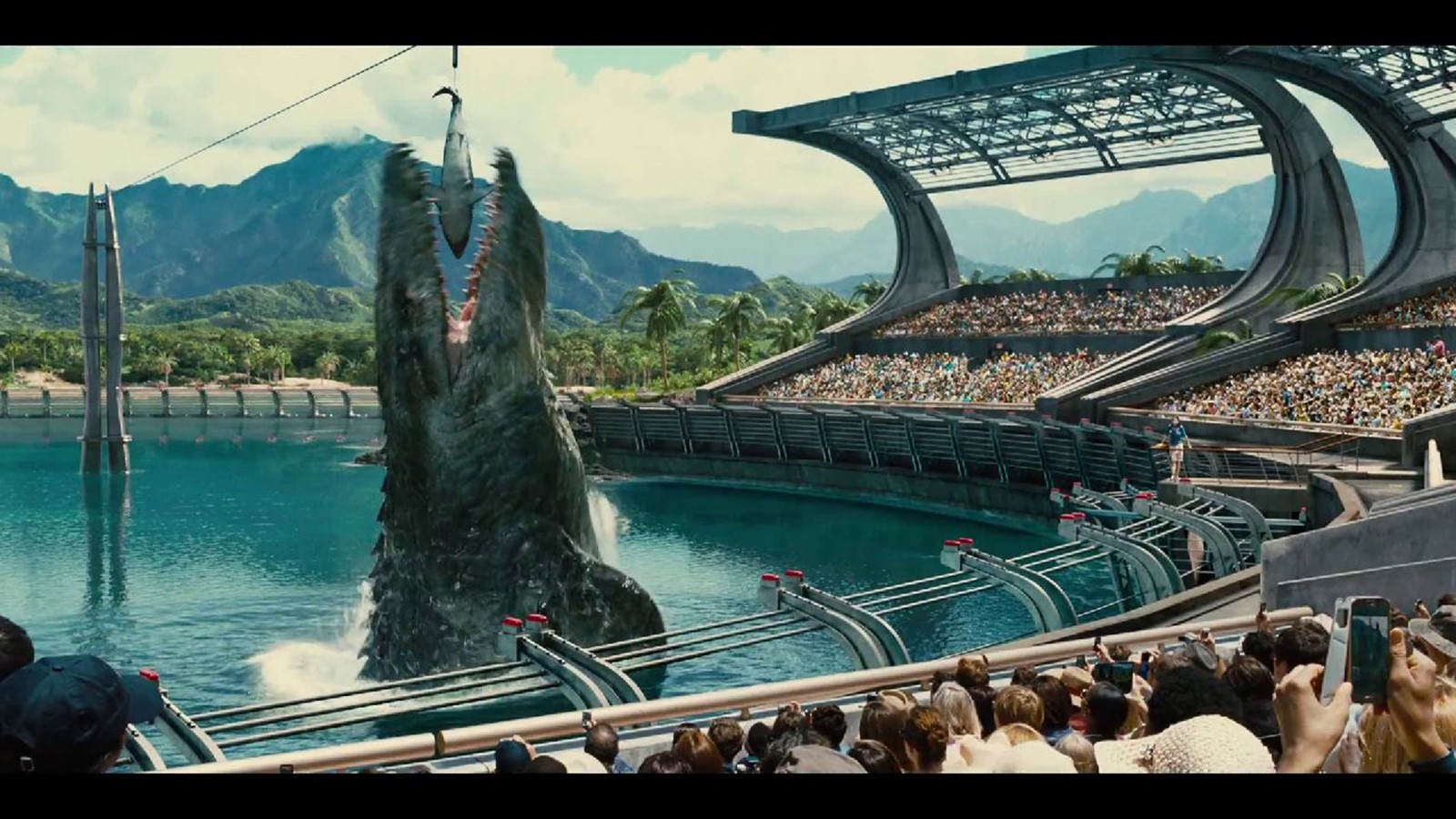




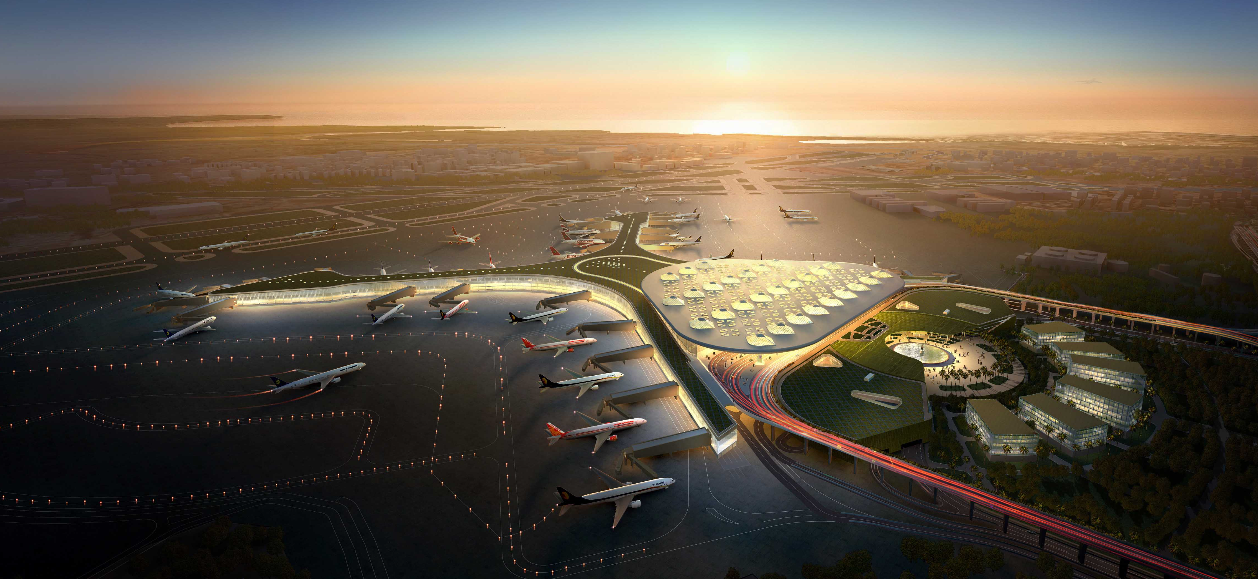
Join the Discussion! (No Signup Required)